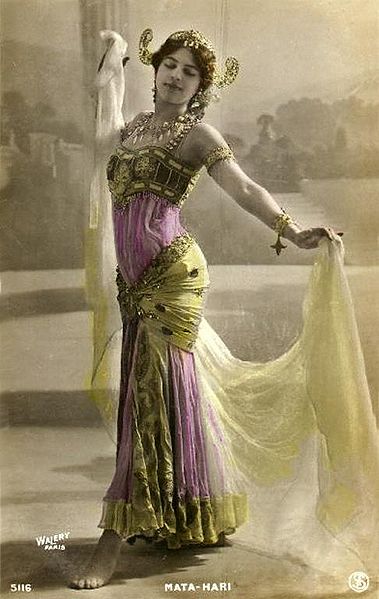Opera by
Alban Berg
Metropolitan Opera
New York, NY
Conductor: Fabio Luisi
Production: John Dexter
Set and Costume Designer: Jocelyn Herbert
Starring: Marlis Petersen (Lulu), Anne Sofie von Otter (Countess Geschwitz), Gary Lehman (Alwa), James Morris (Dr. Schoen, Jack the Ripper)

Even without James Levine at its constant helm this year, the Metropolitan Opera orchestra continues to amaze. Its tour de force performance of Lulu was just outstanding. The opera is long – four hours of twelve-tone music – but it was entirely enjoyable, and much of that was due to the absolute finesse with which the orchestra did its due diligence. Fabio Luisi, the conductor and the replacement for Levine, who had originally been slated to conduct (and who has conducted all but a few performances of Lulu at the Met during the past thirty years), did a wonderful job. The orchestra was tight, but lush. And amazingly, four hours of twelve-tone music kept being interesting and stimulating.
A lot of the responsibility for the quality of the music, of course, goes to Berg himself who followed Arnold Schoenberg as a twelve-tone composer (it was Schoenberg who invented the basic rules of the twelve-tone game) but expanded on it in his own unique way. A lot of Schoenberg’s work is interesting, but austere, and can be difficult to listen to because of what feels like a wandering abstractness. Berg, however, manages to pull an energetic verve that replaces tonality out of the twelve-tone gambit and continues to surprise the listener.
It feels as though Berg is to twelve-tone music as Juan Gris is to Cubist painting. In the first decade of the the twentieth century, Pablo Picasso and George Braque invented Cubism and created an interesting body of works guided by its philosophy. However, it was Gris, following in their footsteps, who became the true master of the technique. Whereas Picasso’s and Braque’s paintings adhere to the programme and lay foundations for the technique, Gris’ paintings have a richness, depth and poetry which goes beyond that of the movement’s founders. Similarly, Schoenberg came up with the twelve-tone idea and laid its foundations, but Berg built upon Schoenberg’s invention with a mastery and depth that makes his efforts particularly rewarding.
The production is a fine example of what has been happening more frequently in recent years at the Met: excellent staging and believable casting. Marlis Petersen, in the lead role of Lulu, is fabulous – strikingly beautiful and seductive, graceful in movement, believably alluring and believably heartless, and a singer with a rich and wonderful voice. James Morris, often seen in Wagnerian roles – and who I had heard a few years ago as Hans Sachs in Wagner’s Die Meistersinger – here continues to convey lots of charisma with his stage presence and the power of his bass-baritone in the combined roles of Dr. Schoen and Jack the Ripper. As the lesbian Countess Geschwitz, Anne Sofie von Otter, provided solid vocal anchorage.
The story of Lulu is unbelievably complicated and depressing, and, as the libretto zooms by on the little Met translation screens on the back of the next seat, you can miss major plot points if you avert your eyes momentarily. In summary, it is the story of a femme fatale, a recounting the fates of her many husbands and lovers, and the unwinding tale of her own downward spirals. It is more of a surrealistic and Gothic romp on the dark side than a moral tale, like Madame Bovary on speed. But the quality of the music, the excellence of the singing, staging and the production overall, made this, despite its macabre subject-matter, a completely enjoyable experience.
– BADMan
Leave a Reply